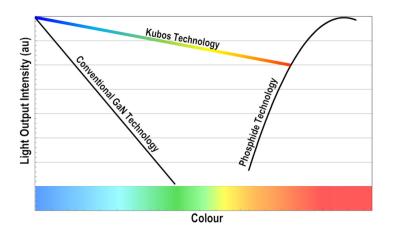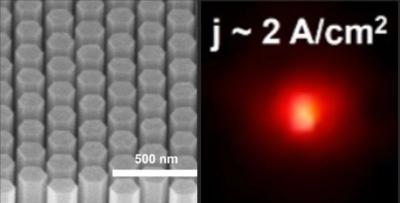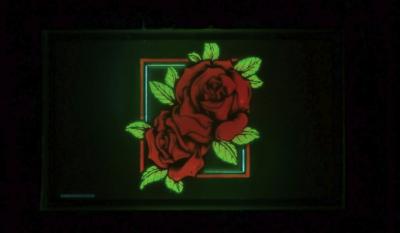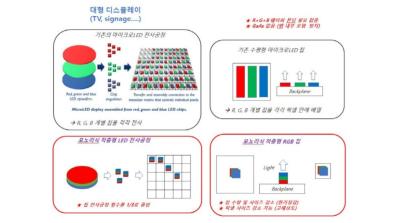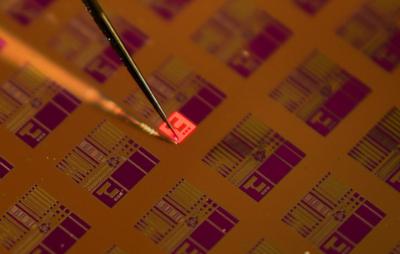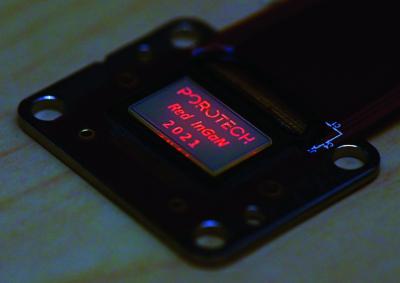Kubos Semicondcutors raised $2 million to accelerate the development of its cubic GaN technology
UK-based Kubos Semiconductors announced that it has raised $2 million, to accelerate the development of its cubic GaN technology. This brings Kubos' total funding to $5.5 million, and will enable Kubos to enter the microLED display market within three years through IP licensing.
In 2023, Kubos announced that it has been granted its first process technology patents and has received its first customer order. It also received an Innovate UK Future Economy Investor Partnerships grant , a 24-month project to achieve 5% efficiency for red microLEDs by deploying the company’s proprietary cubic Gallium Nitride (GaN) process, called KubosLED.
